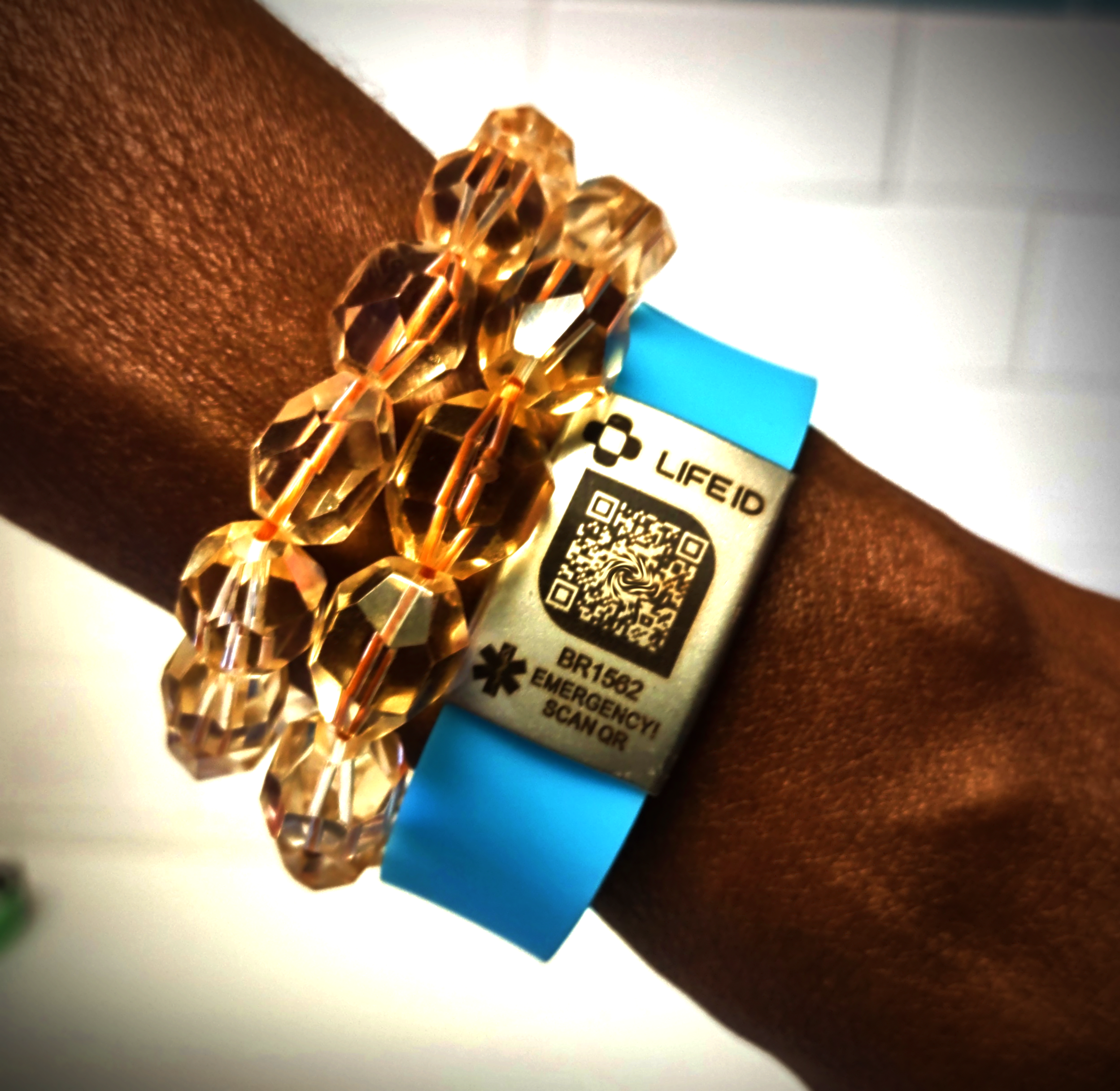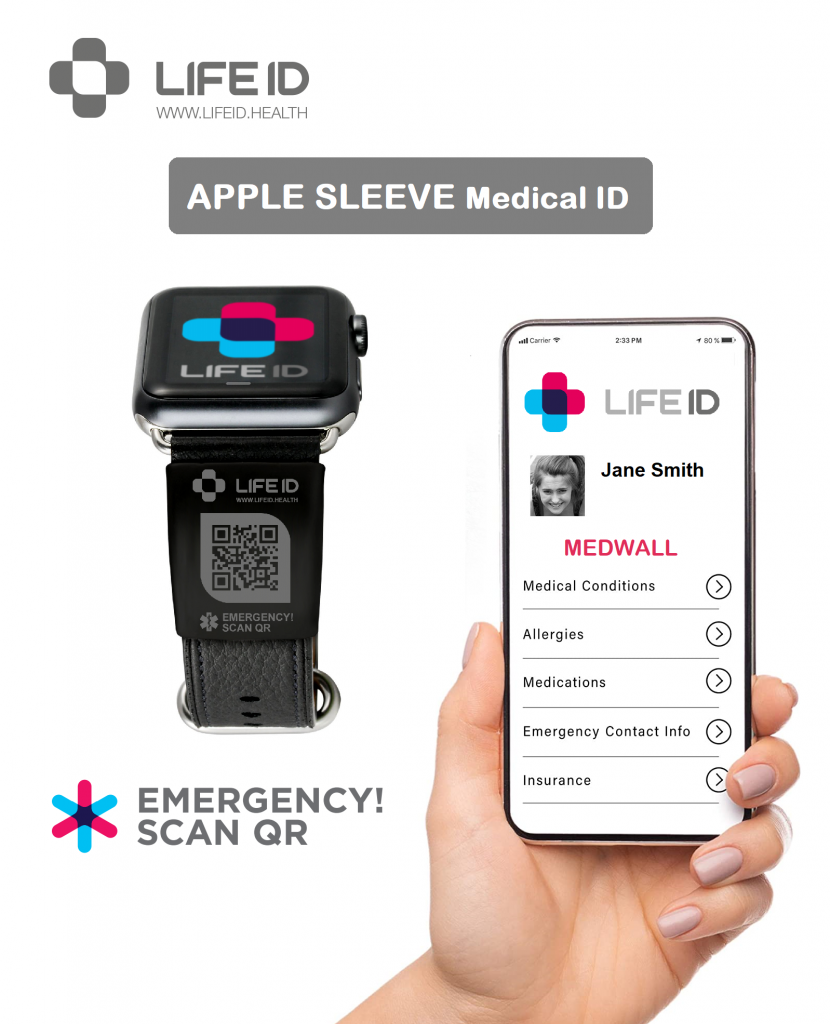
How to spot and treat a heart attack
A heart attack occurs when there is a loss of blood supply to part of the heart muscle, often due to a blockage in a nearby artery. Symptoms include pain in the chest that may spread. It is a medical emergency that needs hospital treatment.
A person who is experiencing a heart attack — or myocardial infarction — will feel pain in their chest and other parts of their body, as well as other symptoms, including nausea, sweating, and shortness of breath.
Spotting the early signs of a heart attack and getting prompt treatment is crucial and can save a person’s life.
A heart attack is different from cardiac arrest, in which the heart stops working altogether, but both are medical emergencies. Without treatment, a heart attack can lead to cardiac arrest.
This article explains the symptoms, causes, and treatment options for a heart attack.
Is it a heart attack?
Heart attacks occur when there is a lack of blood supply to the heart. Symptoms include:
- chest pain, pressure, or tightness
- pain that may spread to arms, neck, jaw, or back
- nausea and vomiting
- sweaty or clammy skin
- heartburn or indigestion
- shortness of breath
- coughing or wheezing
- lightheadedness or dizziness
- anxiety that can feel similar to a panic attack
If someone has these symptoms:
- Dial 911 or the number of the nearest emergency department.
- Stay with them until the emergency services arrive.
If a person stops breathing before emergency services arrive, perform manual chest compressions:
- Lock fingers together and place the base of hands in the center of the chest.
- Position shoulders over hands and lock elbows.
- Press hard and fast, at a rate of 100–120 compressions per minute, to a depth of 2 inches.
- Continue these movements until the person starts to breathe or move.
- If needed, swap over with someone else without pausing compressions.
Use an automated external defibrillator (AED) available in many public places:
- An AED provides a shock that may restart the heart.
- Follow the instructions on the defibrillator or listen to the guided instructions.
Was this helpful?
Symptoms of a heart attack
As heart attacks can be fatal, it is crucial to recognize the warnings as soon as possible and contact emergency services.
Symptoms include:
- a feeling of pressure, tightness, pain, squeezing, or aching in the chest
- pain that spreads to the arms, neck, jaw, or back
- a feeling of crushing or heaviness in the chest
- a feeling similar to heartburn or indigestion
- nausea and sometimes vomiting
- feeling clammy and sweaty
- shortness of breath
- feeling lightheaded or dizzy
- in some cases, anxiety that can feel similar to a panic attack
- coughing or wheezing, if fluid builds up in the lungs
Heart attack symptoms can vary in their order and duration — they may start slowly or be intermittent over several hours.
The following may also develop:
- Hypoxemia: This involves low levels of oxygen in the blood.
- Pulmonary edema: This involves fluid accumulating in and around the lungs.
- Cardiogenic shock: This involves blood pressure dropping suddenly because the heart cannot supply enough blood for the rest of the body to work adequately.
Females and males sometimes experience heart attacks differently.
Causes
The most common cause of a heart attack is a complete or partial blockage in one of the arteries near the heart.
This can result from coronary heart disease, in which plaque — made up of cholesterol and other substances — collects in the arteries, narrowing them. Over time, this can obstruct the flow of blood.
Less common causes include:
- coronary artery spasms
- blood clots
- spontaneous coronary artery dissection
- the misuse of drugs, such as cocaine, which causes the
- blood vessels to narrow
Treatment
A heart attack is life threatening and needs emergency attention. Prompt treatment can significantly increase a person’s chance of survival.
If a person experiences heart attack symptoms, they or someone else should call 911 immediately.
- Be ready to explain symptoms and describe the person’s location.
- Stay calm and follow all instructions from the emergency team.
If a person calls 911 for someone else, they can talk with the person and reassure them that help is on the way.
In the event of cardiac arrest
Signs of cardiac arrest include a sudden loss of responsiveness and normal breathing. If this occurs, the American Heart Association (AHA) states a person should:
- Check a person’s responsiveness:
- Tap the affected person on the shoulder and ask if they are OK.
- Do manual chest compressions:
- Lock your fingers together and place the base of your hands in the center of the person’s chest.
- Position your shoulders over your hands, lock your elbows, and press hard and fast, at a rate of 100–120 compressions per minute. Press to a depth of 2 inches.
- Allow the chest to rise again between each compression.
- Continue these movements until the person starts to breathe or move, until someone else can take over, or until you are exhausted.
- If possible, take turns without pausing the compressions until the emergency response team arrives.
If possible, people can also use an automatic external defibrillator (AED). AEDs are available in shopping malls and many other public places.
An AED provides a shock that may restart the heart. Remain calm and follow the instructions. Most newer AEDs talk a person through the steps.
Medical treatment
When the emergency team arrives, they will take over the affected person’s care. Give the team as much detail as possible about the person’s health and what was happening before the event.
When making a diagnosis and drawing up a treatment strategy, they will take into account the person’s:
- age
- medical history
- overall health
- family history
The team will try to stabilize the person’s condition, including providing oxygen.
In the hospital, a medical team will perform tests and may provide the following treatment options:
- medications, such as those to dissolve blood clots
- percutaneous coronary intervention, a mechanical method of restoring blood flow to any damaged tissue
- coronary artery bypass grafting, commonly called a heart bypass, diverts blood around damaged areas of the arteries to improve blood flow
The healthcare team will also work with the individual to develop a treatment plan to prevent future attacks.
Preventing a heart attack
There are various ways to lower the risk of a heart attack, even after already having one heart attack. The AHA advises people to make heart health a priority.
Ways to do this include:
- avoid or quit smoking
- eat a balanced, healthful diet
- get regular exercise
- manage diabetes, high cholesterol levels, high blood pressure, and other conditions
- limit alcohol intake
- maintain or achieve a moderate body weight
- reduce stress, such as with:
- breathing exercises
- yoga
- mindfulness
Knowing the symptoms of a heart attack can help a person get prompt treatment, increasing the chances of a positive outcome.
Risk factors
According to the AHA
Trusted Source
, the following factors can increase the risk of a heart attack:
- older age
- being male
- high cholesterol levels
- high blood pressure
- other health conditions, such as having obesity or diabetes
- a diet high in:
- processed foods
- added fats, sugars, and salt
- low activity levels
- genetic factors and family history
- smoking
- a high alcohol intake
- high levels of stress
Often, a heart attack results from a combination of factors.
In addition, the AHA reports that Black Americans, Latinx Americans, Native Americans, Native Hawaiians, and some Asian Americans have increased risks of high blood pressure and dying of heart disease, compared with their white counterparts.
People with high blood pressure or a history of heart disease or cardiovascular disease also have an increased risk of a heart attack.
Summary
A heart attack can be life threatening and needs immediate medical attention.
Key warnings include pain and tightness in the chest, pain in other parts of the body, and difficulty breathing.
If anyone has symptoms of a heart attack, someone should call 911 at once. With prompt treatment, there is often a good chance of a positive outcome.
ABOUT LIFE ID
The Ultimate Medical ID. More Than Just A Few Engraved Lines: Many health conditions require more than a couple words to explain. Each LIFE ID product links to your online profile where you can store unlimited medical information for free
Use Coupon Code 10BUCKSOFF And Get $10 Off Any LIFE ID Today!
HOW LIFE ID WORKS
LIFE ID VIDEOS

